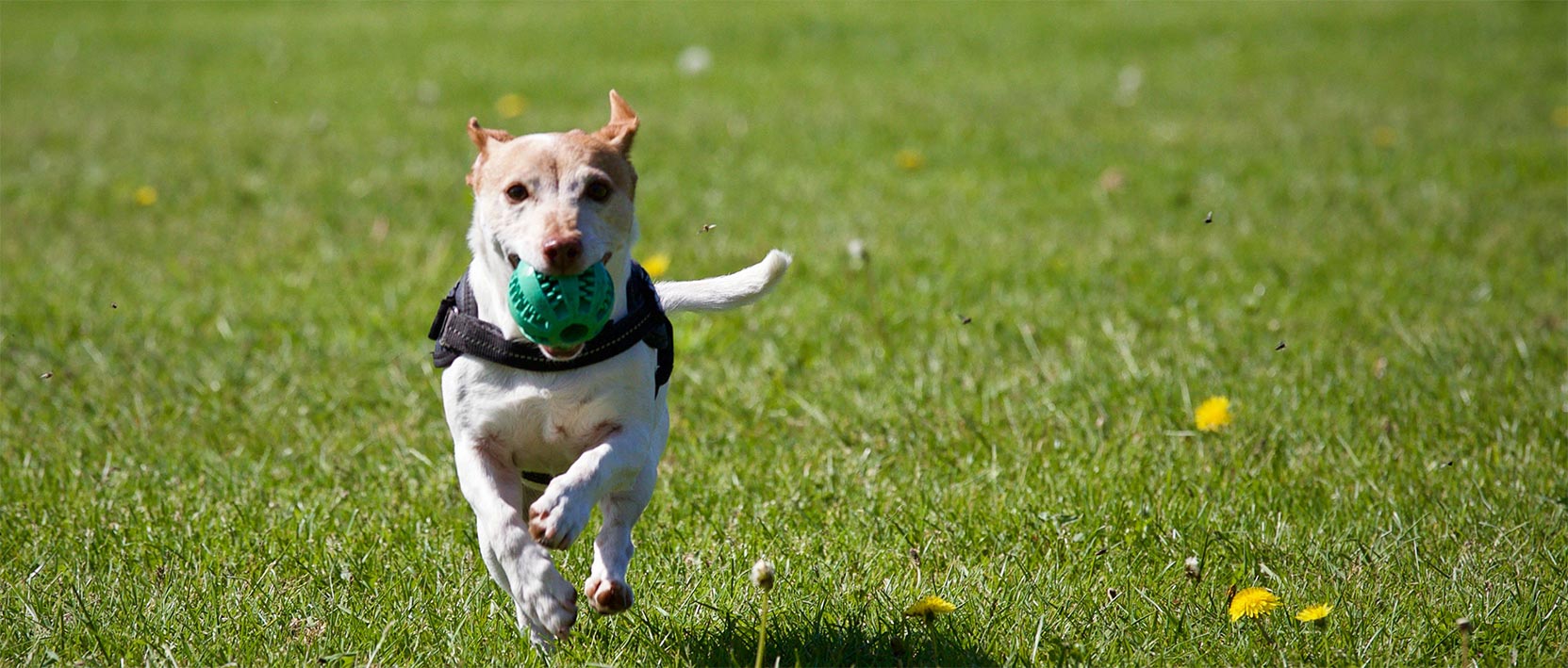Image by Matthias Zomer
Welcome to Dog Training Near You! A misbehaved dog can be frustrating and even dangerous. It could be your friend’s dog that constantly jumps on you when visiting the house; it could be the neighbor’s dog that barks nonstop when put outside; it could be the dog at the local dog park that terrorizes the rest of the pups there just to get some exercise and socialization. Regardless, of the situation, all dogs need at least a little bit of training to help them live up to their full potential as companions to us humans. If you are looking for a good dog training location near you, that’s where this site comes in.
Dog Training Near Me is dedicated to providing a directory of dog training locations across the United States, all sorted and organized by city and state. We do this to help you find the best dog trainer site near your location and help you take the next step towards a well-behaved family friend. If you simply need information on training techniques or best practices, check out our Dog Training Blog for all the latest articles!
We are strong advocates of positive reinforcement dog training, so we take the time to research each trainer and only display trainers that exclusively provide positive reinforcement methods as a part of their training services.
Our listings can always use some updating — things change quickly in the world of dog training! If you know of a dog trainer or facility that’s not on our list, or something that just needs to be changed, please let us know about it and we’ll get that sorted out as quickly as we can!
